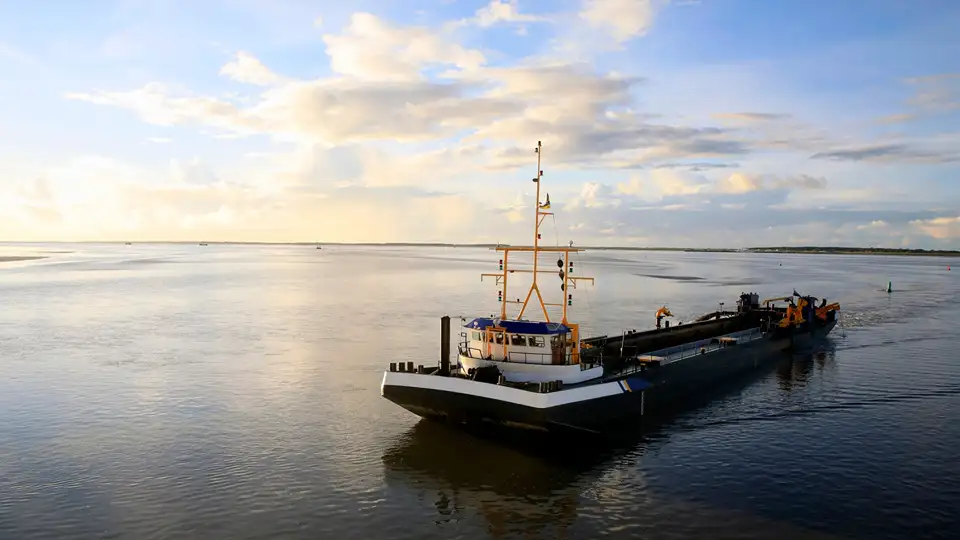Introduction
Brighton & Hove City Council is taking a major step toward protecting its coastline with the launch of a new sea defenses project at Kings Esplanade in Hove. The initiative aims to reduce coastal erosion, safeguard properties, and enhance the resilience of this much-loved stretch of beach. The upcoming works will not only protect the area from storm surges and flooding but also improve beach stability for years to come.
With changing weather patterns and rising sea levels increasing the risk of coastal erosion, these proactive sea defenses represent an essential investment in the future of Hove’s shoreline.
Project Scope and Timeline
The construction of sea defenses is set to begin in late November or early December, continuing through to next summer. The works will focus on the beach between the King Alfred Leisure Centre and Second Avenue in Hove.
Once completed, the project will extend the beach approximately 25 meters out to sea. This increase in beach width, combined with new structural sea defenses, will create a stronger buffer against coastal erosion and reduce the impact of high tides and storm events that frequently affect the promenade.
Key Components of the Sea Defense System
At the core of the new sea defenses are a series of timber groynes designed to control the natural movement of shingle along the coast. These groynes will act as barriers, trapping shingle between them and helping to build up the beach profile.
Thousands of tons of shingle will be used to fill the bays between each groyne, sourced from a licensed dredging site in the English Channel. This replenishment is vital to the effectiveness of the sea defenses, ensuring they have enough material to absorb wave energy and prevent further coastal erosion.
By stabilizing the beach and restoring its natural defenses, the groyne field will not only protect infrastructure but also maintain the aesthetic and recreational value of Hove’s seafront.
Coastal Protection and Flood Prevention Benefits
The sea defenses at Kings Esplanade are being built with a dual purpose: to manage coastal erosion and to mitigate flooding risks. During severe storms, waves and high tides can wash shingle onto the promenade, damaging pathways and nearby infrastructure.
Once the groynes and shingle bays are in place, they will slow the rate of shingle movement along the coast, ensuring it remains evenly distributed. This will help reduce the amount of material reaching the promenade and strengthen natural protection against wave action.
Over time, these sea defenses will significantly reduce maintenance requirements and provide long-term benefits for both residents and visitors who frequent the Hove beachfront.
Collaborative Effort for Coastal Resilience
The success of this sea defense project lies in collaboration. Brighton & Hove City Council is working in partnership with Adur & Worthing Councils, Shoreham Port, and the Environment Agency. Together, these partners are committed to delivering sustainable solutions to manage coastal erosion along the South Coast.
This project builds on earlier efforts, including the construction of a protective rock layer adjacent to Basin Road South and a new sea wall near the Hove Deep Sea Anglers Club. These previous improvements have already contributed to improved shoreline stability, and the current sea defenses will further enhance coastal protection in the area.
Such multi-agency cooperation ensures that the project not only addresses immediate challenges but also supports long-term coastal management strategies.
Long-Term Impact and Environmental Considerations
Beyond immediate protection, the new sea defenses are expected to deliver lasting environmental and community benefits. By reducing coastal erosion, the groyne system will maintain a more consistent beach width, preserving local habitats and improving beach usability.
Moreover, the project adopts environmentally conscious practices, sourcing materials responsibly and minimizing disruptions to marine life during construction. The replenished beach will naturally absorb wave energy, lessening the need for future interventions and allowing natural coastal processes to continue.
These sea defenses serve as an example of how engineering and environmental stewardship can work hand in hand to create sustainable coastal resilience.
Conclusion
The sea defenses project at Kings Esplanade marks a significant investment in Hove’s future. By addressing the growing threat of coastal erosion through well-planned infrastructure, Brighton & Hove City Council is ensuring the protection of its community, environment, and tourism assets.
Once complete, the new groyne field and shingle reinforcement will not only strengthen the coastline but also safeguard the area against the challenges posed by a changing climate. The Kings Esplanade initiative demonstrates how forward-thinking sea defenses can play a crucial role in securing coastal regions for generations to come.
